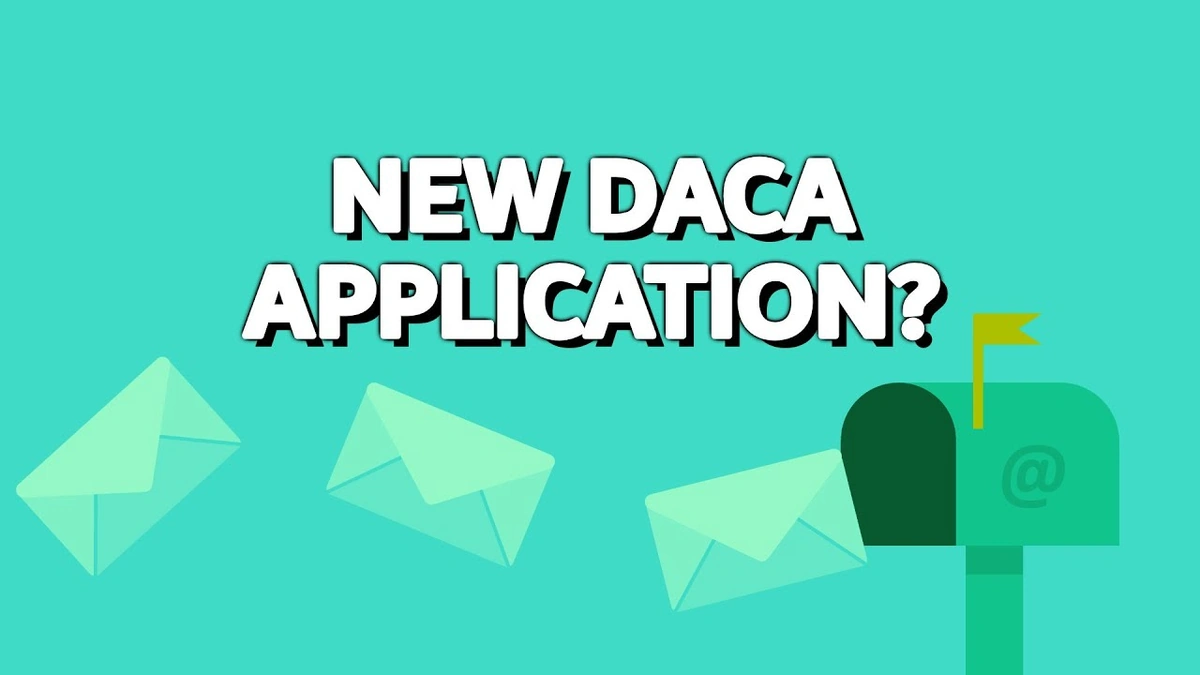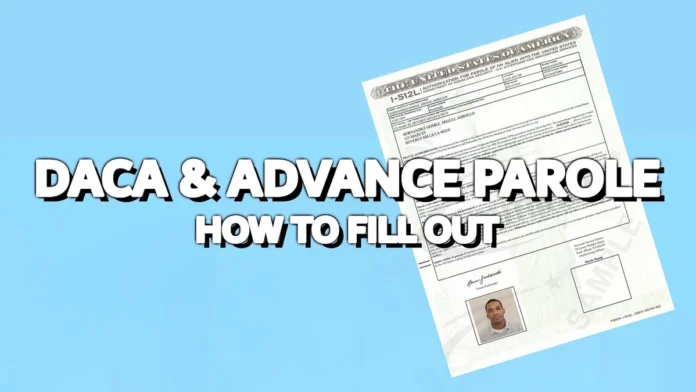So, you’re diving into the DACA application process? Let’s be honest, it can feel like navigating a maze. But here’s the thing: with the right guidance, it’s absolutely manageable. This isn’t just another dry explanation of the forms; it’s a friendly walkthrough, designed to make this process as smooth as possible for you. I initially thought it was straightforward, but then I realized that so many little details can trip you up. Consider this your roadmap, and I’m here to help you avoid the common pitfalls.
Understanding the Basics of DACA Renewal

First, let’s clarify what DACA renewal actually entails. Deferred Action for Childhood Arrivals (DACA) offers a temporary reprieve from deportation and the chance to obtain a work permit for eligible individuals who came to the United States as children. It doesn’t grant citizenship, but it provides crucial protections and opportunities. As the DACA status nears its expiration (every two years), it’s paramount to file a DACA renewal application promptly. This keeps your protections intact, and that peace of mind is priceless. A common mistake I see people make is waiting until the last minute – don’t do that! Give yourself plenty of buffer time.
The official source,USCIS, provides detailed information about eligibility requirements, but let’s break it down in plain English. You generally need to demonstrate that you: were under 31 years old as of June 15, 2012; came to the U.S. before your 16th birthday; have continuously resided in the U.S. since June 15, 2007; are currently in school, have graduated, or obtained a GED certificate; or are an honorably discharged veteran of the U.S. Armed Forces or Coast Guard; and have not been convicted of a felony, significant misdemeanor, or three or more other misdemeanors, and do not otherwise pose a threat to national security or public safety. Seems like a mouthful, right? But each element is important.
Step-by-Step DACA Application Guide
Alright, let’s get into the nitty-gritty. How do you actually apply? It all starts with Form I-821D, Consideration of Deferred Action for Childhood Arrivals. You can download this directly from the USCIS website. Now, here’s where it gets real. Read the instructions very carefully. Seriously. I know it’s tempting to skim, but trust me, every line matters. Double-check that you’re using the most recent version of the form; USCIS updates these periodically, and using an old version can cause delays. Also, you’ll need Form I-765, Application for Employment Authorization, to obtain (or renew) your work permit.
Once you’ve downloaded the forms, fill them out completely and accurately. Honesty is non-negotiable here. Provide all the requested information and don’t leave any blanks. If a question doesn’t apply to you, write “N/A.” Gather all the necessary supporting documentation. This includes proof of your identity, proof of your entry into the United States before your 16th birthday, and proof of continuous residence since June 15, 2007. Think school records, medical records, bank statements, anything that helps build your case. Scan these documents and keep digital copies for your records. The one thing you absolutely must double-check on your DACA application is the accuracy of your biographical information – name, date of birth, address, etc. Even a small typo can cause headaches.
Mail your application package to the correct USCIS service center. The USCIS website has a tool to help you determine where to send your application based on your current address. But be sure to confirm using official sources! After mailing, keep an eye on the mail. A few days later (or sometimes it can be a few weeks) you should get a receipt notice (Form I-797C) from USCIS, confirming that they have received your application. This receipt number is your golden ticket – you’ll use it to track the status of your application online.
Common Mistakes to Avoid in Your DACA Application
Okay, let’s talk about common errors. Missing deadlines is a big one, and it can have serious consequences. As per the guidelines mentioned in the information bulletin, it’s best to submit your renewal application 120-150 days before your current DACA status expires. That gives USCIS ample time to process your request. Another mistake is failing to provide sufficient documentation. USCIS needs concrete evidence to support your claims, so gather as much as possible. And, of course, always be honest and truthful in your application. Making false statements can jeopardize your chances of approval.
Another point of confusion is the fee. As of right now, the filing fee for Form I-821D and Form I-765 is $85 each. However, you can file both forms simultaneously to be considered for renewal. Always check the USCIS website for the most up-to-date fee information. Fee waivers are available in certain circumstances, but they are not granted automatically. You’ll need to submit Form I-912, Request for Fee Waiver, along with your application and supporting documentation. Here’s why fee waivers can be tricky: you have to demonstrate a genuine inability to pay the filing fees. This often involves providing proof of low income or financial hardship.
The Emotional Toll and How to Manage It
That moment of panic when you hit “submit” – we’ve all been there. Let’s acknowledge the elephant in the room: the DACA application process can be incredibly stressful. The uncertainty, the paperwork, the waiting – it all takes a toll. It’s okay to feel anxious or overwhelmed. Acknowledge your emotions and find healthy ways to cope. Talk to friends, family, or a trusted counselor. Connect with other DACA recipients and share your experiences. Remember, you’re not alone. There are organizations that provide free or low-cost legal assistance to DACA recipients. Don’t hesitate to reach out for help if you need it. Organizations such as The National Immigration Law Center are dedicated to providing legal information and resources.
What’s Next | Staying Informed and Advocating for Change
The legal landscape surrounding DACA is constantly evolving. Stay informed about any updates or changes to the program. Follow reputable news sources and organizations that advocate for immigrant rights. Consider getting involved in advocacy efforts to protect and expand DACA. Your voice matters. What fascinates me is the resilience of the DACA community. Despite the challenges and uncertainties, they continue to contribute to our society in countless ways. And that’s something to be celebrated. Ultimately, the DACA application process is about more than just paperwork and deadlines. It’s about securing your future, pursuing your dreams, and contributing to the country you call home.
FAQ About the DACA Application Process
What if I forgot my application number?
If you lost the receipt notice, call the USCIS Contact Center or create an online account to retrieve it.
Can I travel outside the U.S. while on DACA?
Yes, but you need to apply for Advance Parole before leaving the country. Travel is not guaranteed, so apply well in advance.
What happens if my DACA application is denied?
You’ll receive a notice explaining the reason for the denial. Consult with an immigration attorney to explore your options.
How long does it take to process a DACA renewal?
Processing times vary, but it generally takes several months. Check the USCIS website for the latest estimates.
Is there a fee for the DACA application?
Yes, there are fees for both Form I-821D and Form I-765, but fee waivers are available for those who qualify.

